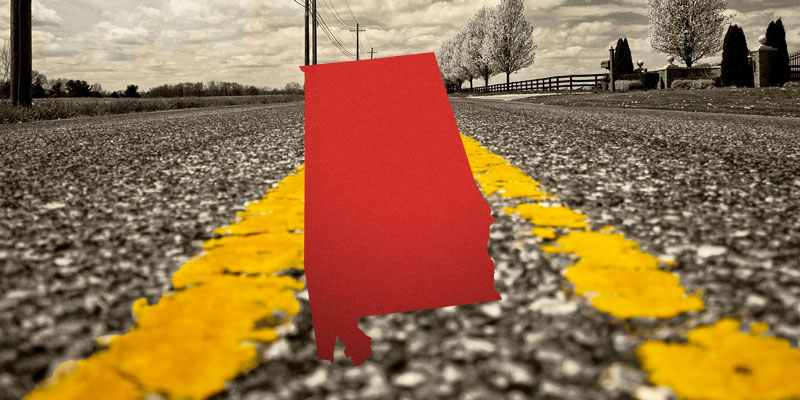As cases of COVID-19 surge, many hospitals are reporting record numbers of COVID-19-positive patients under hospitalized care. Different hospitals report their patient counts in different ways. One term that has been used often is convalesced.
What does that mean?
At UAB Hospital, the term “COVID convalesced” is used when a patient is no longer considered infectious to others and can be moved out of a COVID-specific care unit. Many COVID-convalesced patients remain sick or potentially unable to survive without intensive medical attention and care; but since they are technically not infectious with COVID-19 any longer, they are not factored in the active COVID-19 census. It is important to note that these patients may be experiencing prolonged or severe illness that they would not have experienced had it not been for COVID-19.
Who are the convalesced?
At UAB Hospital, a COVID-convalesced person could be a range of patients. It could be a patient who has been transferred out of the COVID Intensive Care Unit but still needs ’round-the-clock support, or a patient who was asymptomatic but tested positive for COVID-19 upon admission for a different reason.
“There are some people who are completely asymptomatic and are here for a different reason, but have active COVID-19 illness and still get admitted for the original reason they sought medical care for,” said Rachael Lee, M.D., UAB Hospital’s health care epidemiologist. “However, a vast majority of these cases are people who are critically ill, meaning they are still on the ventilator and, unfortunately because of COVID-19, developed an inflammatory response. This presents when one’s own immune system has revved up and then causes scarring in the lungs. Because of that, we cannot get that patient off of a ventilator, and so they are on the ventilator for long periods of time. After they get off the ventilator, they are weak and debilitated and need rehabilitation. This causes a long stay, initially impacted directly by COVID-19. These patients take a long time to heal.”
A considerable number of patients developed inflammation in the heart and muscle lining. This can be troubling as inflammation in the heart can lead to long-lasting cardiac disease and failure.
Signs of kidney problems in patients with COVID-19 include high levels of protein in the urine and abnormal blood work. The kidney damage is, in some cases, severe enough to require dialysis.
Some people who recovered from COVID-19 reported neurological concerns such as headache, dizziness, lingering loss of smell or taste, muscle weakness, nerve damage, and trouble thinking or concentrating — sometimes called “COVID fog” or “brain fog.”
Lee also added that some patients remain on the ventilator for prolonged periods of time and can develop antibiotic-resistant pneumonias.
Regardless of reason, a convalesced patient still needs a bed and hospitalized support care to get better. Because of the overwhelming amount of COVID-positive and COVID-convalesced patients at UAB Hospital at this time, it does strain the care that is able to be provided across all areas.
Why is it important?
Sharing the convalesced number in addition to the current active cases provides a better look at the impact of COVID-19 on those most affected by the virus and the hospital resources required to care for this patient population. During the current surge, many hospitals are faced with limited bed capacity, and making the public aware of the dire situation while maintaining transparency is paramount.
“Our biggest fear is not being able to treat patients presenting to us for care,” said Vice President of Clinical Support Services at UAB Medicine Sarah Nafziger, M.D. “We are in health care because we like caring for sick people and want to be there for them. Our biggest concern is that demand for our resources outstrips our capacity. We are very concerned that we will not have enough resources to care for the patients presenting to us for care, and that is not just for COVID-19 care.”
(Courtesy of UAB)













